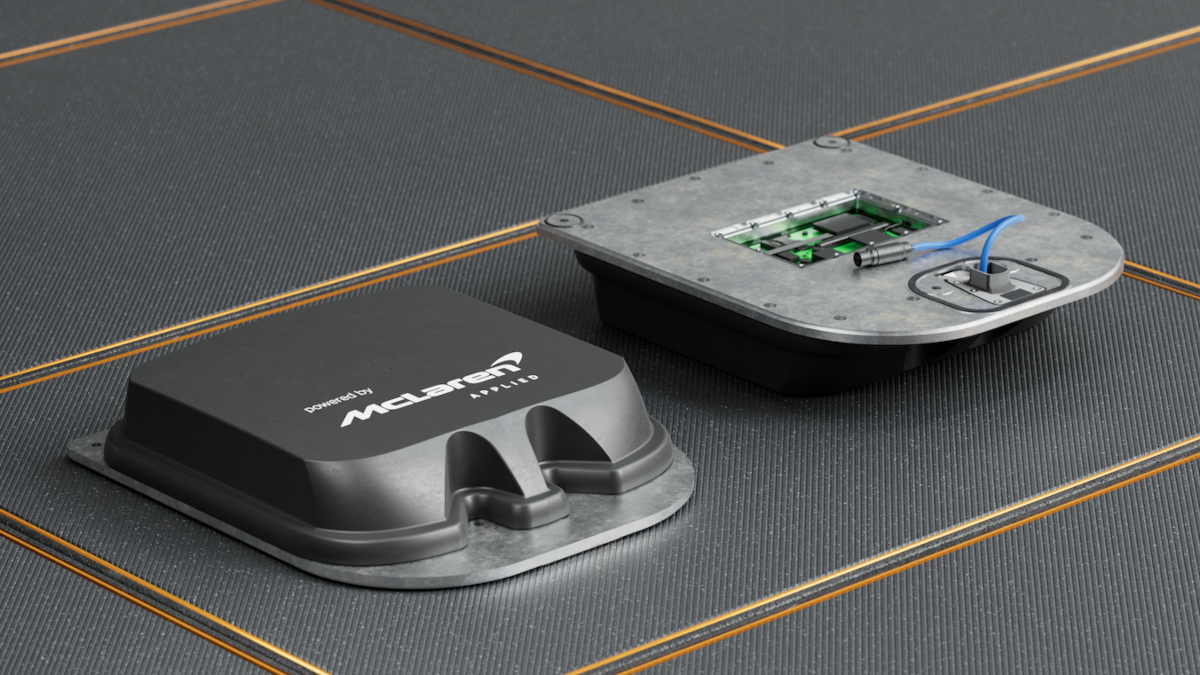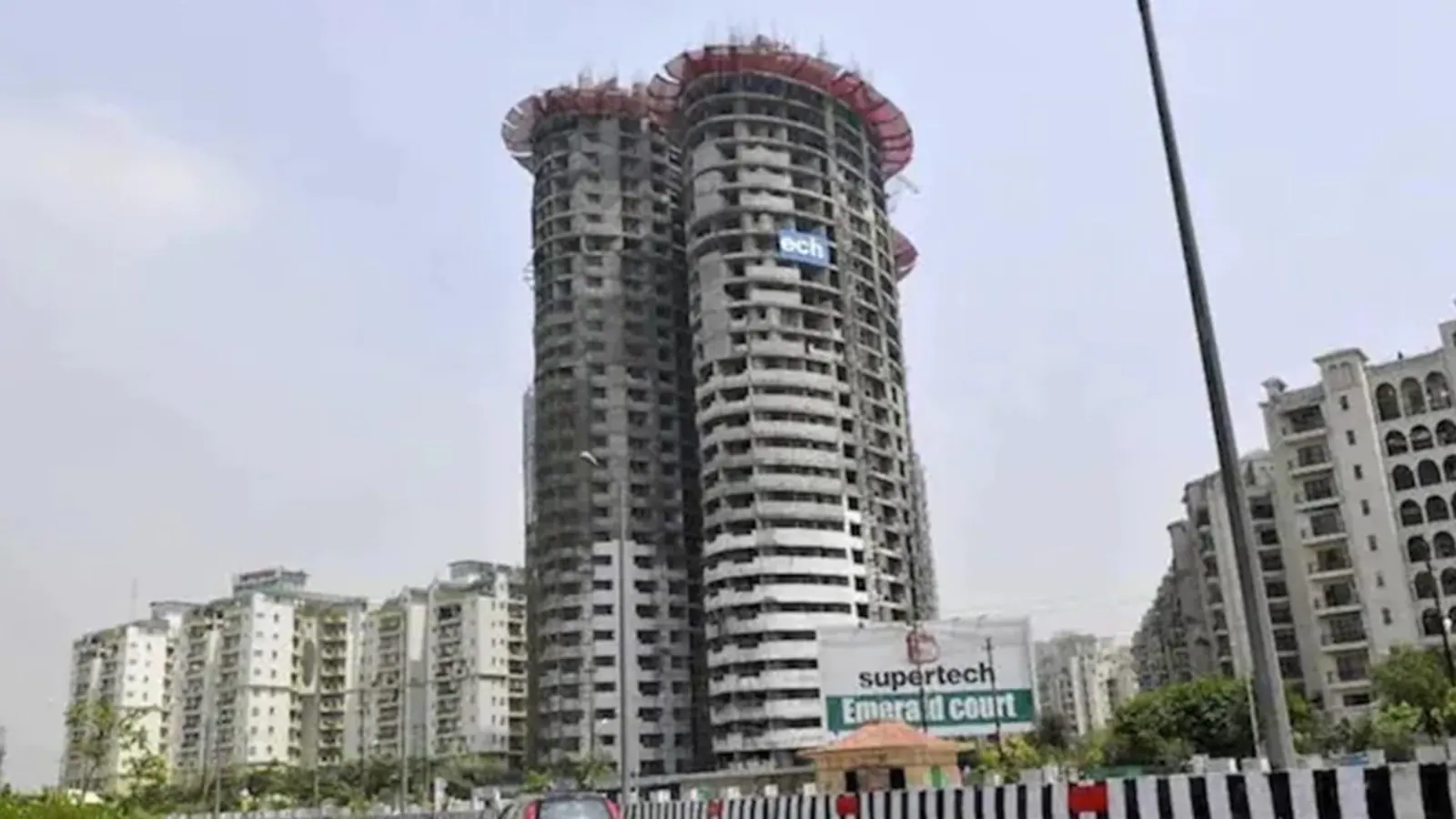It has been an eventful year for India’s infrastructure sector, with many successes such as the opening of two new airports and the launch of five new Vande Bharati trains.2023 will be another busy year.
Here are some of the most exciting infrastructure projects to watch:
1. Delhi-Mumbai Expressway
The new year finally begins with the commissioning of the Delhi-Mumbai Expressway (DME).
At nearly 1,390 kilometers long, it is the longest expressway in India, reducing the travel time between Delhi and Mumbai from 24 hours to 13 hours.
The new expressway, to be built at an estimated cost of Rs 103,000 crore, will start from Sohna near Gurugram and end at Mumbai, passing through five states: Haryana, Rajasthan, Madhya Pradesh, Gujarat, and Maharashtra.
According to the last package level, 738 kilometers of green highway have been completed.
DME Section Sohna (Haryana)–Dausa (Rajasthan) will be commissioned in January 2023, and the entire project is likely to be completed in the first quarter of 2023.
2. Ganga Expressway
A six-lane (expandable to eight-lane) controlled-access expressway across 12 districts of Uttar Pradesh would connect eastern and western Uttar Pradesh.
As the largest highway in the state, the Ganga Expressway is expected to play a key role in Chief Minister Yogi Adityanath’s plan to transform Uttar Pradesh into a trillion-dollar economy.
The Uttar Pradesh Expressway Industrial Development Authority (UPEIDA), which is implementing the project, has already selected two developers—IRB Infrastructure Developers and Adani Enterprises Ltd.—to develop the expressway.
The Green Expressway’s preparation work is accelerating, with 500 kilometers of the 593.9-kilometer route being cleaned and cleaned.
km) was completed in December 2022. The expressway is scheduled to be finished and open in April 2022.
Once commissioned, the Ganga Expressway will complete the state’s road network and connect the four operational expressways: Yamuna, Agra-Lucknow, Purvanchal, and Bundelkhand.
3. Dedicated Freight Corridors (DFC)
Indian Railways has implemented a massive infrastructure project consisting of two separate freight corridors, the eastern and western cargo corridors (EDFC and WDFC), to facilitate faster evacuation of freight.
The 1,506-km WDFC runs from Dadri in Uttar Pradesh to the Jawaharlal Nehru Port Trust in Maharashtra, while the 1,337-km EDFC runs from Ludhiana in Punjab to Sonnagar in West Bengal. Total route length is 1610 km (799 km EDFC and 811 km WDFC).43 km have been commissioned until October 2022.
Three of the six sections of the EDFC are already operational, and the remaining sections are scheduled to be phased in by June 30, 2023. The WDFC is scheduled for completion by June 2002.
4.Kochi Water Metro
The long-awaited Kochi Water Metro, the first of its kind in the country, is likely to be commissioned in 2023.
Kochi, often referred to as the commercial capital of the region, is one of the most densely populated regions in Kerala. state of Kerala. The Kochi Water Metro Project envisages the development of 15 selected routes connecting 10 islands with a 78-km line network.
The water metro serves a daily ridership of over 100,000 people and revives the traditional water trains and passenger routes that once traversed the city.
Kochi Metro Rail Limited (KMRL), which is implementing the project, will start commercial operations on the High Court-Vypeen and
Vyttila-Kakkanad lines soon, within a month, when Cochin Shipyard Ltd (CSL) delivers the first batch of five ships.
5. Mumbai Trans Harbor Link (MTHL)
The Mumbai Trans Harbor Link (MTHL), India’s longest sea bridge, is expected to open in December 2023.
The sea link connecting Mumbai and Navi Mumbai will reduce the travel time between South Mumbai and Navi Mumbai from the current two hours to just 20 minutes.
The Sewri Nhava Sheva Harbor Link (MTHL) is a 22-kilometer-long, 6-lane bridge, 16.5 kilometers of which would be over sea and approximately 5.5 kilometers on both sides of the land bridge.
As of December 2022, 91 percent of MTHL construction work has been completed. Funded by the Japan International Cooperation Agency (JICA), the project is implemented by the Mumbai Metropolitan Region Development Authority (MMRDA).
6. Mumbai Metro
The new year brings a lot of respite for Mumbaikars, as the yellow and red color codes of the two new metro lines, 2A and 7, are expected to be fully operational by January this year.
Metro line 2A runs from Dahisar to DN Nagar, Andheri West, and Metro line 7 runs from Dahisar East to Andheri East. These two new lines will serve the offices and residential areas located along the Western Express Highway (WEH) and Link Road on the outskirts of the city.
In addition, the Mumbai Metro Rail Corporation (MMRC) is all set to commission the first phase of Metro Line 3 (Aarey to BKC) in 2023.
Metro Line 3 is a 33.5-kilometer-long underground corridor along Colaba-Bandra (SEEPZ) and would connect the major financial centers of Mumbai, like Nariman Point, BKC, Lower Parel, the airport, SEEPZ, and MIDC.
Navi Mumbai Metro (NMM) Line 1 between Pendhar and Belapur is also expected to start commercial operations in January 2023. The NMM Line 1 project is an 11-kilometer elevated section between CBD Belapur and Pendhar in Talojya.
7. Bengaluru Metro
2023 can be a major milestone in the business of Namma Metro. Bangalore Metro Rail Corporation Limited (BMRCL) is likely to commission
40 km of lines during Phase II, which will bring two major IT corridors—Whitefield and Electronics City—to the metro map.
The extended Purple Line from Baiyappanahalli to Whitfield (15 km) and the new Yellow Line RV The road to Bommasandra (19 km) will be opened to the public by mid-2023.
Apart from this, the Kenger Purple Line to Challaghatta and Hesarghatta Cross to Madavara on the Green Line are also expected this year.
8.Navi Mumbai International Airport (NMIA)
NMIA is an international airport project by the City and Industrial Development Corporation (CIDCO) to serve the growing air travel demand of the Mumbai Metropolitan Region (MMR).
The scope of the project includes the development of an international airport (in phases) with a capacity of at least 60 million passengers per year (MPPA) and 1.5 million tons of cargo per year. The work of Navi Mumbai Airport is in full swing to achieve the target of December 2024.
The project of land acquisition and renovation has been completed. Earthworks and the diversion of the Ulwe River and the transmission of 220 KV and 110 KV high-voltage lines passing through the airport area were also completed.
Located in Maharashtra’s Raigad district, the project will moderate the load on Mumbai’s Chhatrapati Shivaji Maharaj International Airport (CSMIA).
9. Noida International Airport (NIA)
NIA is a new airport in the Gautam Buddha Nagar district of Jewar, Uttar Pradesh. It will improve domestic and international connectivity between Delhi-NCR, Noida, and West Uttar Pradesh.
The airport, India’s largest when completed, will be developed in four phases, after which it will have an annual passenger capacity of 70 million and two terminal buildings spread over 5,000 acres. Phase I of the airport, which serves 12 million passengers annually, has progressed by 20 percent with the airport work. According to the concession agreement, the first phase must be completed and commissioned by September 2024
The airport is being developed by Yamuna International Airport Private Limited (YIAPL), a subsidiary of Zurich Airport International AG (ZAIA) of Switzerland. in close collaboration with the government of Uttar Pradesh and the government of India.
10. Delhi-Meerut RRTS
2023 is the year when the country’s first high-speed railway will be implemented. The line to be opened, 17 km from Sahibabad to Duhai, is 20 percent of Delhi’s 82-km corridor from Sarai Kale Khan to Meerut. Project
RRTS is planned to connect the three cities of Delhi, Ghaziabad, and Meerut through high-speed trains with a design speed of 180 kmph, an operating speed of 160 kmph, and an average running speed of 100 kmph.
It connects Sarai Kale Khan in Delhi with Modipuram in Meerut in Uttar Pradesh. The route has 25 stations, of which 22 are under the jurisdiction of the state of Uttar Pradesh and three are in Delhi.
The National Capital Region Transport Corporation (NCRTC), which is building the RRTS, will begin trial work on the “priority section,” which will have four stations: Sahibabad, Ghaziabad, Guldhar, and Duhai.
After the completion of the initial section, the NCRTC will continue to add new sections with a phased opening of the corridor until 2025.
Get more news and insights about Global Infrastructure Industry here.




